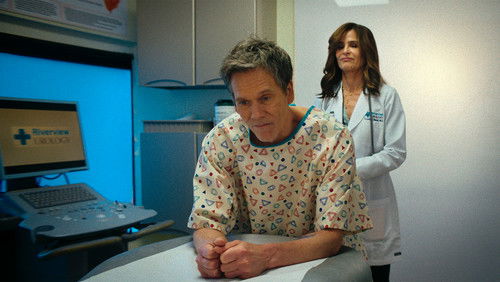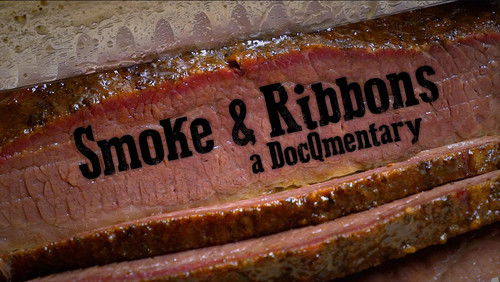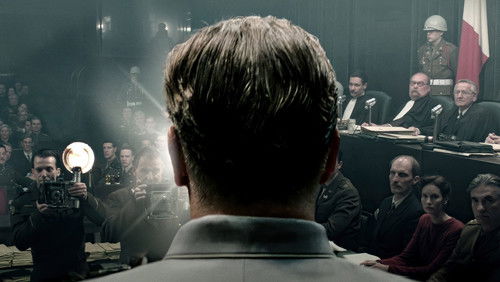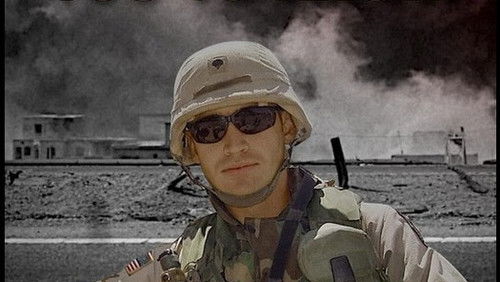Mashgh-e Shab (1989)
28KMashgh-e Shab: Directed by Abbas Kiarostami. With Babak Ahmadpoor, Farhang Akhavan, Mohammad Reza Nematzadeh, Abbas Kiarostami. In this documentary, Kiarostami asks a number of students about their school homework. The answers of some children shows the darker side of this method of education.
“The Iranian documentary Mashgh-e Shab (1989) was shown in the U.S. with the translated title Homework. It was written and directed by Abbas Kiarostami.u003cbr/u003eu003cbr/u003eKiarostami is a great documentary director. I think heu0026#39;s almost at the level of Frederick Wiseman. However there are important differences between Wiseman and Kiarostami.u003cbr/u003eu003cbr/u003eWiseman never appears onscreen in his movies. Kiarostami is on the screen constantly. Heu0026#39;s the one who asks the children each question. Wiseman lets the camera roll, records what he sees and hears, and presents us with the edited version of reality. Kiarostami continually (too often) shows us the cinematographer at work, reminding us that weu0026#39;re watching something that isnu0026#39;t organic. Both filmmakers create a reality, but Wiseman is subtle, and Kiarostami isnu0026#39;t.u003cbr/u003eu003cbr/u003eThe movie is dated 1989, but it was certainly produced earlier, because there are references to the Iran-Iraq war, which ended in 1988. It may have been made earlier than the great film Where is the Friendu0026#39;s House? (Where is the Friendu0026#39;s House is dated 1987.)u003cbr/u003eu003cbr/u003eIn any case, both movies feature the question of homework, and its importance in the Iranian educational system.u003cbr/u003eu003cbr/u003eIn this documentary, Kiarostami interviews about 20 first- and second-grade students, mostly about homework. Heu0026#39;s especially interested in why they often donu0026#39;t finish their homework. Some of their answers are probably self-serving, but most of their answers appear genuine.u003cbr/u003eu003cbr/u003eIn the first place, about 1/3 of the students have parents who are illiterate. For many of the literate parents, the u0026quot;new mathu0026quot; is beyond their comprehension. And, of course, the parents are tired from work and from caring for their large families. (Most of the children have multiple siblings.) Often the students get help from distant relatives. One child is helped by the landlordu0026#39;s daughter. One child is helped by his sister. He has scratch marks on his face. He tells matter-of-factly tells Kiarostami that his sister scratched him.u003cbr/u003eu003cbr/u003eThe problem is that teachers arenu0026#39;t interested in excuses. Theyu0026#39;re interested in homework. One student, who clearly has mental health issues, was punished by his first-grade teacher, who hit him so hard with a ruler that the ruler broke.u003cbr/u003eu003cbr/u003eMost of the children expect punishment when they donu0026#39;t do their schoolwork. They get hit in school, and they get hit at home. (Often with a belt.) They are matter of fact about this.u003cbr/u003eu003cbr/u003eThe movie is enlightening, but very sad. My hope is that these children, who were becoming literate, would treat their children better than they were treated. However, I have no way to know if this is true.u003cbr/u003eu003cbr/u003eWe saw this film as an extra on the same Criterion DVD as Where is the Friendu0026#39;s House. It will work independently, but Iu0026#39;m sure that some people will find it boring or excessive. However, clearly most people enjoyed it–it has an very high IMDb rating of 7.9. I rated it 9.”









